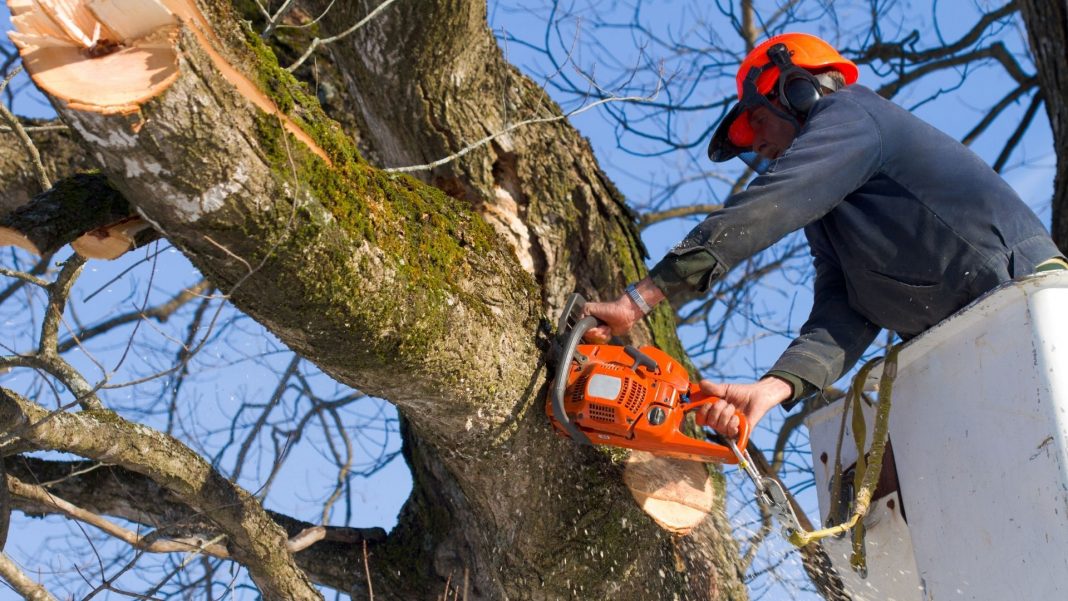When it comes to removing a tree on your private property within Australia, it is best to assume that you need the permission of your local council? The specific tree protection laws and their requirements vary between councils but despite this variety, most councils across the country require residents to apply for a permit before they can carry out significant tree works.
There are few exemptions to these rules and tree removal without a permit can result in steep fines and legal action. For this reason, it is vital that you understand the tree removal requirements for the local council relevant to your property before you commence any major tree works.
This article will cover the most common reasons to remove a tree, the consequences for violating tree protection laws, the tree removal application process, the role of an arborist in council applications and the most frequently asked questions about tree removal permits.
Reasons to remove a tree
Acquiring council approval to remove a tree on your property can be a fairly straightforward process, as long as you have a good (and approved) reason. There is no definitive list of approved reasons because they differ between states, cities, and local council areas.
However, a good rule of thumb is that local councils will generally approve applications to remove trees that are fallen, dead, dangerous, or pose a fire hazard. In addition to these examples, trees that are within 3 metres of your house or pool, trees that are smaller than 3 metres, and trees preventing the construction of a boundary fence will generally be approved by the council for removal.
On the flip side, there are a number of common reasons that councils will not accept as sufficient justification for removing trees. Aesthetic reasons like the obstruction of a view or the dropping of leaves are almost always rejected outright. So too are applications to remove trees that are on protected tree lists. This includes trees that have been deemed ‘significant’ for their age, size, species, location, or cultural significance.
The process to apply for a permit
Step 1 in the process is to check whether you need a permit to carry out your planned tree works on your property. To do this you can visit our guides to local council regulations which provide a handy walkthrough of everything you need to apply for tree works permission from your council.
Step 2 is to collect all the information required by your council. The specific details needed for this will differ but can be found on the council website. Most rules will require that you answer questions about the tree size, location, condition, tree species, fire zones and determine whether there are any relevant restrictions like vegetation overlays or the significant tree registry. Most tree removal applications will also need to be accompanied by a Pro Arborist Report to verify the accuracy of the information provide more in-depth analysis of the tree and the proposed tree works.
Note: hiring a qualified arborist can help to streamline the process. Not only can they provide a Pro Arborist Report, but they can also assist in collecting the rest of the required data while also offering a valuable experience of dealing with council applications.
Step 3 is to submit your completed form along with the Pro Arborist Report and the stated processing fee. Waiting times for these applications vary from a couple of days to a couple of weeks. So make sure you do not schedule your tree works until you have received confirmation of council consent.
Step 4 is to book in the tree works for your property once you have received the approval from your city council.
Looking for the DIY way to buy?
Check out the new BUYER SUCCESS PROGRAM 👉
Designed to save you time, help you identify problem properties, and increase your ability to negotiate and purchase your ideal property.

Tree Permit FAQs
How much does a tree removal permit cost?
Each jurisdiction has its own local laws, rules, and regulations. Some parts of the state will have high fees for this type of permit as a means of discouraging the removal of trees. Trees within reach of protected zones can incur additional costs. On average it will cost around $100 to $200 for each tree works job that you apply for.
How much does tree removal cost?
Loppers (another name for an arborist) will charge different rates depending on your area as well as the size and state of the tree. Across Australia, the quotes for a removal job will generally fall somewhere between $500 and $2500 for medium-sized trees (not including the cost of planning applications).
Do you need planning permission for tree pruning?
As with cutting down a tree, this will depend on the local rules for your area or state. For all tree works jobs, you should first check whether you require official approval before you commence. However, tree protection legislation often requires approval for home tree works if the proposed job will remove a significant portion of the tree.
What happens if I cut down a tree without permission?
Cutting down trees at your home or business without permission is against the law. Violating local tree protection rules can result in a heavy fine and potential legal action.
This article first appeared in Jim’s Tree and Trump Removal.










